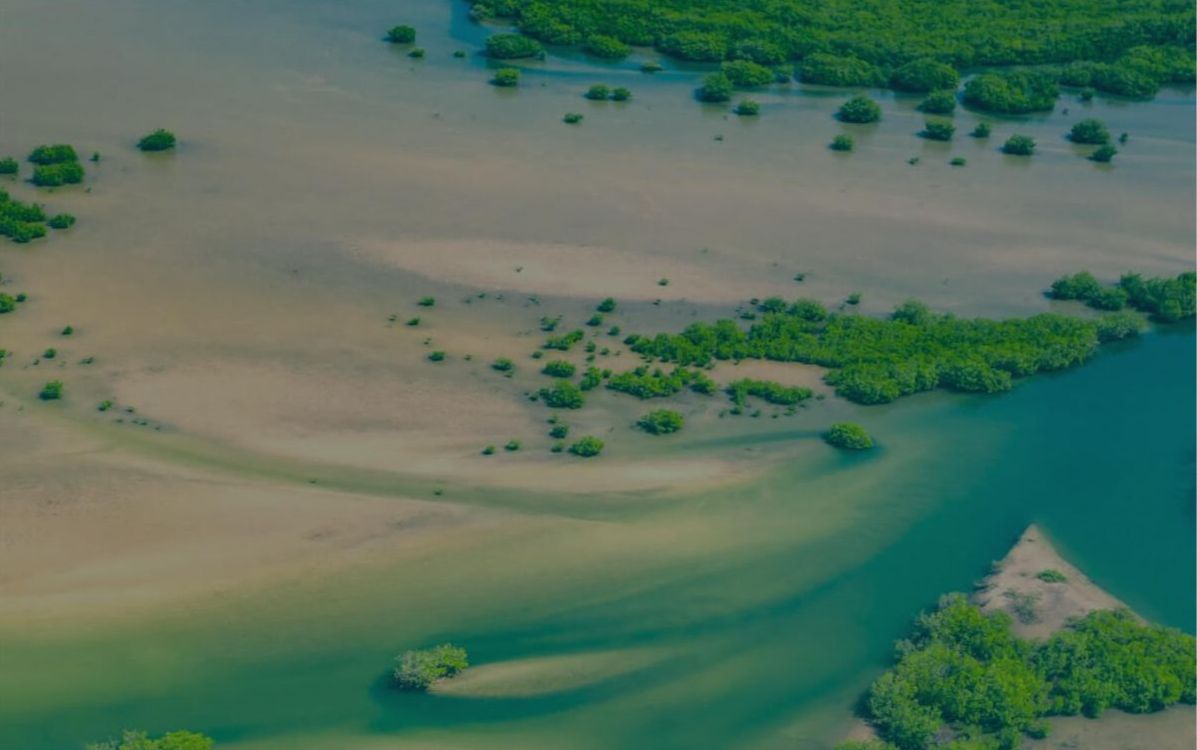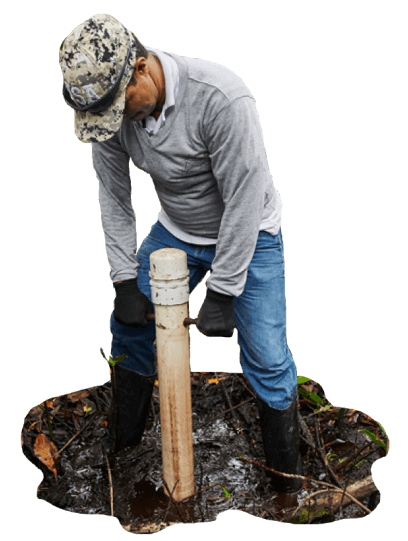





























































































from Malay - «growing in water»


The mangroves are located in various parts of the
world





















Southeast Asia
Madagascar
















Madagascar






















How strange they look ... Actually, why?






About 70 species of plants are found in the mangrove forest
from 12 families





Their height is different: you can meet both low creeping shrubs and timber trees, reaching a height of sixty meters









to a friend, forming an intricate maze
maze




In the dense corners of the forest, trees grow close to each other to a friend, forming an intricate maze








In the dense corners of the forest, trees grow close to each other to a friend, forming an intricate maze








maze
into the mangroves
in Bangladesh...
In the dense corners of the forest, trees grow close to each other to a friend, forming an intricate maze






















































































































































about the danger
individuals
making their way through a thicket of mangrove roots








fruits
and berries










You have discovered a rare species of monkey














































































































the tiger always comes to this call


THE ONSET OF











the tiger always comes to this call










«regularly




which means «uncle»,
uncle tiger


To avoid accidentally summoning the beast,
here they call it an affectionate word












which means «uncle»,
uncle tiger


To avoid accidentally summoning the beast,
here they call it an affectionate word








rly




which means «uncle»,
uncle tiger


To avoid accidentally summoning the beast,
here they call it an affectionate word
home


home













than forests on the surface

than forests on the surface
and store it
deep in the
soil under water for centuries

Apple’s Vice President of Environment, Policy and Social Initiatives























